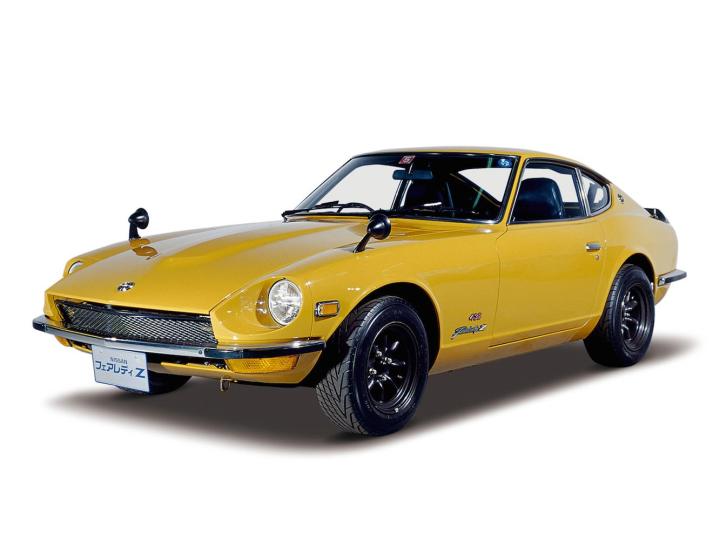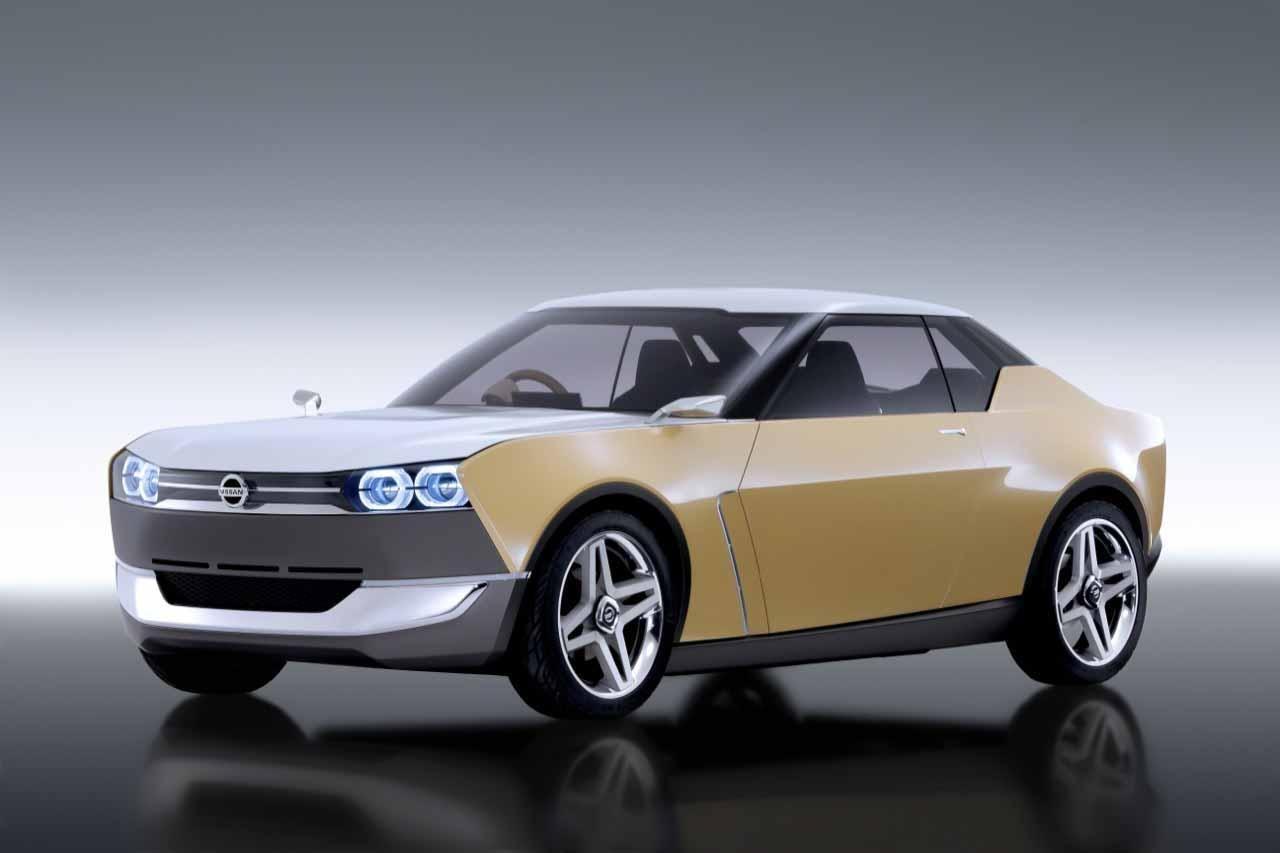
Well, Nissan Chief Creative Officer Shiro Nakamura has shared some information with Autoblog that suggest something more “back-to-basics” is in store. Reportedly, Nissan is looking to the original 240Z as inspiration for the next generation model, and with the IDx project officially axed, the next Z could be far more like the original than the present version, in both size and performance.

Nakamura said the Z belongs as a rival to the Mazda MX-5 Miata, Scion FR-S, and Subaru BRZ. Considering each of those cars clock in at the 200-horsepower mark and lower, and each weigh under 3,000 pounds, the present generation 370Z is certainly not a direct rival. For 2015, the 370Z makes as much as 350 hp in Nismo trim, and lugs around 3,400 pounds. That makes it more of a Porsche Cayman rival than a Miata competitor.
In Nakamura’s words, “Because the sports car market is becoming smaller globally, we would like to do something, I personally think, is more [in the] original concept of Z, which is … more practical and appealing to younger customers.” Something more practical and targeted at younger buyers sounds like an FR-S rival to me.
If the next generation Z is to move down market, expect it to ditch the heavier, more powerful 3.7-liter V6 in favor of the Juke’s 188hp 1.6-liter turbocharged four-cylinder. With that engine tuned to the 200 hp range and a lightweight body, the new Z might keep sports car sales alive within the Nissan portfolio.
Though the 370Z has been on the market with only subtle changes for six years, Nissan is only just beginning to develop a successor, so we may not see a replacement for a few more years.
Editors' Recommendations
- Your next car could have TiVo built-in
- VW previews its next electric car in trippy camouflaged form
- The next generation of Apple CarPlay will power your entire car, riding the trend of all-screen autos
- The Galaxy Z Fold 4 could be getting the S22 Ultra’s S Pen
- Nissan’s ‘smellmasters’ perform odor checks on new cars


